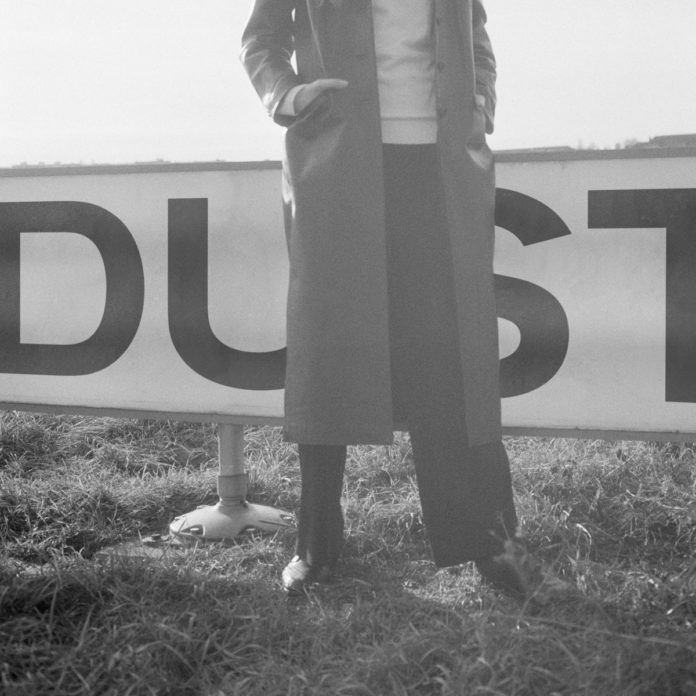Constantly mutating electronic artist Laurel Halo made waves in the experimental scene with the uncanny, ambient pop subversion of 2012’s Quarantine. A year later, Halo backed away from experimentation and dug into her Detroit techno and jazz background for the relatively straightforward Chance of Rain. Dust, her third full-length record for the prestigious electronic label Hyperdub, finds Halo imaginatively shifting her sound towards a distinctly bright, playful style.
The most evident aesthetic decision for Dust was to move away from the more foreboding aspects of her early work. Laurel explained this choice during an interview with Fader, “I wanted to have a positive-sounding record, for it to sound more relaxed and less anxious… Every time I write a record, it’s partially a process of healing. It’s important to have fun through the process of healing, rather than tying those knots even tighter.” Undoubtedly, the fingerprints of Quarantine are throughout the record, but, instead of emphasizing the eerie and grotesque, Halo filters light-hearted concepts commonly found in dance music into her unique repertoire. Generally, tracks fall into a woozy, pop ambient style with splashes of jazz elements. Startlingly poppy tracks like “Jelly,” which samples what sounds like someone eating an apple (??), exemplify her new direction. Similarly, album highlight “Moontalk” playfully mixes laughing samples, bongos, and tropical flavored beats.
Dust significantly marks Halo’s growth in vocal ability with many of the tracks confidently featuring her vocals front and center. Unlike on Quarantine, Halo’s vocals sound less alien and more soothingly robotic (reminiscent of Jenny Hval). Her unique, occasionally pitch shifted singing glides into each track and paints abstractions upon the music’s multi-colored canvas. This concept is best displayed in the dreamy “Do U Ever Happen” where her expressive mantras push the listener into a trance.
The new sound is not a complete abandonment of her previous work. Tracks like “Koinos,” “Arschkriecher,” and “Nicht Ohne Risiko” maintain Halo’s earlier off-kilter aesthetic. These experimental vignettes modulate natural and synthetic sounds into jittery, unsettling spirals. Reminiscent of concepts Aphex Twin implemented in the underrated drukqs, these tracks work as strange detours between the longer, energetic songs.
Despite explorations into new territory, the album is ultimately underwhelming with only a handful of tracks that truly stand out. For example, tracks like “Syzygy” and “Like a L” struggle to maintain coherency and end up meandering. Nonetheless, the record points to a promising direction in Halo’s career. If she further refines this style, she definitely has the potential to create a fantastic, progressive record.


